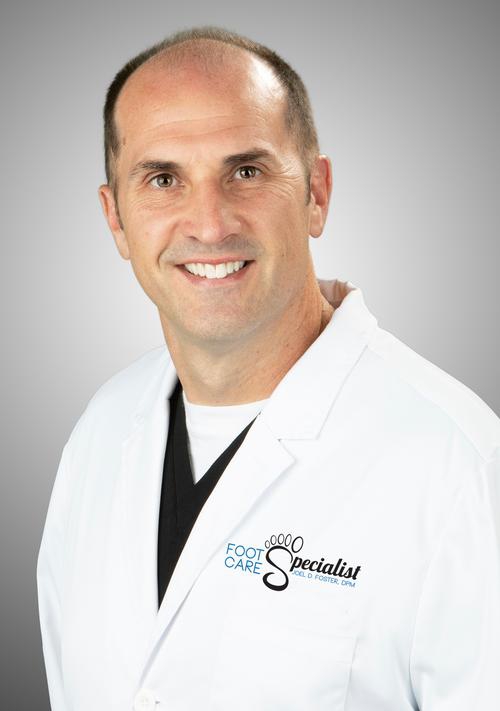- Charcot foot. If you’ve experienced significant circulation reduction and nerve damage in your feet—often as result of diabetes—your bones and joints may become very weak and brittle, and you may not be able to feel when they’ve broken. Over time, this can lead to severe collapse and deformity in one or both feet.
Foot Deformities Don’t Heal on Their Own
Almost all foot deformities are progressive conditions that slowly get worse over time. Ignoring them will not make the problem go away. As they worsen, you may develop a number of difficult issues:
- Foot pain
- Difficulty wearing shoes or walking
- Secondary complications—such as blisters, corns, calluses, or wounds—where the deformities create friction against a shoe or the ground
- Poor posture and alignment (and thus, pain) throughout the legs, hips, and back
- Embarrassment or lack of self-confidence due to malformed feet
Foot Deformity Treatment in Lee’s Summit
Obviously, the specific treatment recommendations will depend on factors such as the type and severity of the deformity, what caused it, and how it is affecting your life. That said, there are two basic approaches: nonsurgical or surgical.
Nonsurgical Care
In general, we prefer to manage foot deformities with conservative treatment methods whenever possible. These techniques are more likely to be effective if your condition is still relatively mild.
Conservative treatments, unfortunately, will not correct your deformity. However, our main concern is restoring your ability to walk, play, and get through your day without pain or obstruction. If we can do that without surgery, we will.
Some of the most common options include:
- Prefabricated or custom orthotics
- Shoe gear modifications
- Padding or splinting misaligned toes
- Physical therapy
If conservative treatments cannot provide the relief you require, surgical reconstruction to correct the deformity may be required.
Fortunately, Dr. Joel Foster is trained in minimally invasive surgical techniques that can often be employed for deformity reconstruction. These procedures require only very small surgical incisions—just large enough for specialized tools to operate—and can usually be closed with a single stitch.
Minimally invasive surgery provides a range of benefits over traditional open surgeries, including faster healing, lower risk of complications, less scarring, no requirement for internal fixation hardware, and lower cost (since you never have to walk through a hospital door).
Dr. Foster is a board-certified foot surgeon with more than 20 years of experience surgically correcting foot deformities of all types. Although we always try to avoid surgery if possible, rest assured that if it is necessary, you will be in good hands.

.png)
